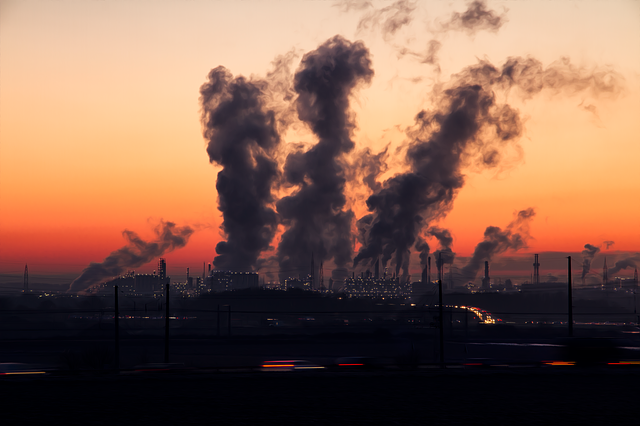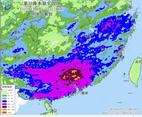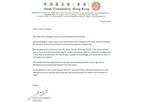On Wednesday, it was reported by the Chinese environment ministry that the Air quality around the Yangtze River Delta had worsened in the first four months of the year despite campaigns to improve it and it cited that the 20 percent surge in emissions in January had triggered the problem.
The region, which Shanghai is a part of, reported PM2.5 concentrations to have increased up from 1.9 percent from a year ago to an average of 55 micrograms per cubic meter in the first half of the year according to the Ministry of Ecology and Environment.
Environmental groups have expressed their concerns over the issue and stressed that it is possible the government's focus on smog in northern China caused the industrial production and pollution to the South.
China has been revamping its action plan against air pollution and other types of pollutions regularly and is in the process of drawing its new 2018-2020 action plan to improve the country's air quality after reaching the 2013-2017 targets.
Now, the government aims to bring down national concentrations up to 35 micrograms by 2035 as cited in a speech by President Xi Jinping on Saturday regarding the country's environmental problems. Currently, the average PM2.5 concentrations across 338 cities in China is at 39 micrograms in the first half of 2018, same as last year. The concentrations along Beijing-Tianjin-Hebei had also dropped to 69 micrograms, double the current national standard.
On Monday, Beijing said its pollution levels have also dropped 22.4 percent from a year ago to 59 micrograms over the first half of 2018. However, the readings did rise to 20.8 percent year-on-year in April alone.








